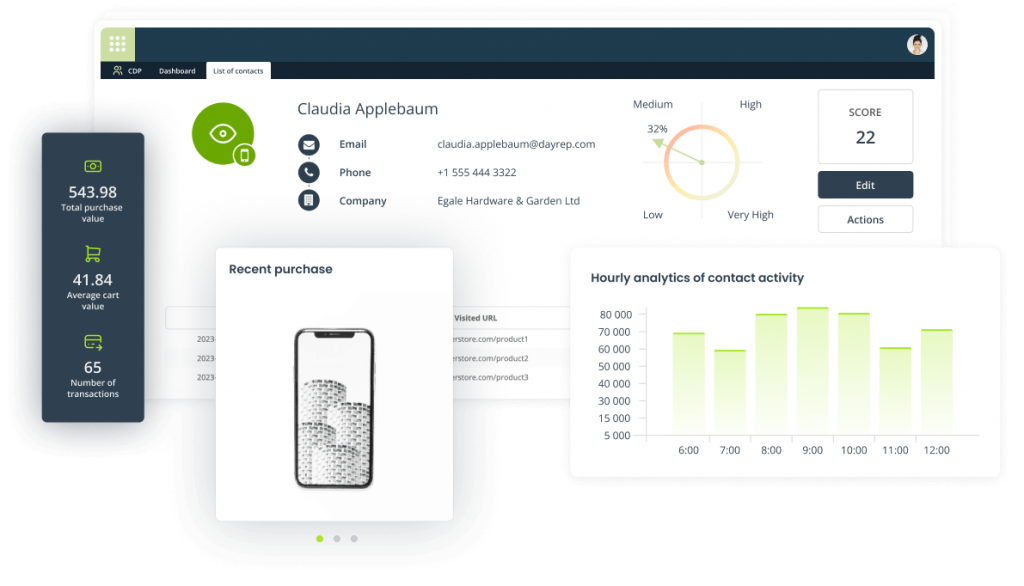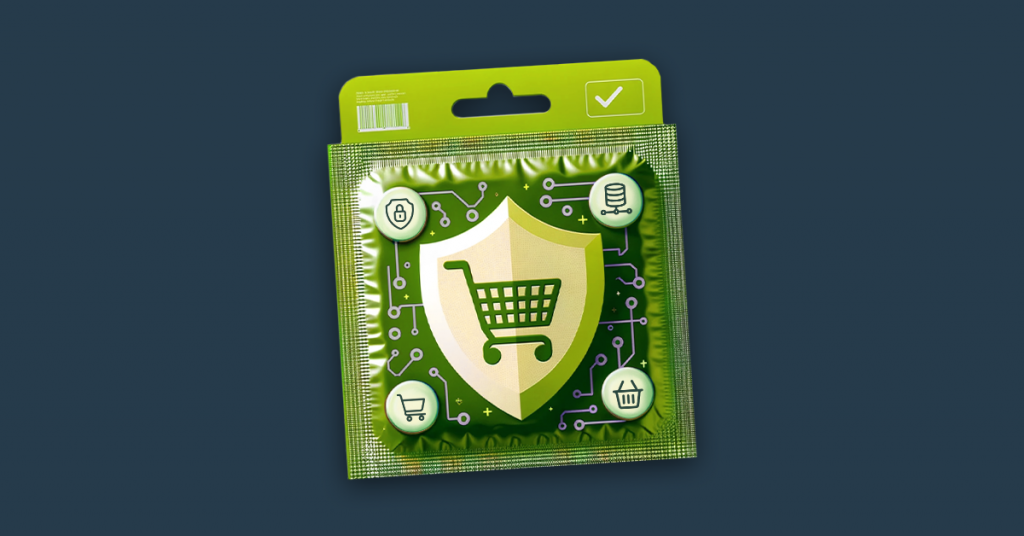 How often does it occur to you to put off writing an email, because you find it hard to phrase? Although you know exactly what do you want to say, it doesn’t sound good. Maybe you also feel insecure about writing and are afraid of possible mistakes. Don’t delay, use our guide to efficient email writing!
How often does it occur to you to put off writing an email, because you find it hard to phrase? Although you know exactly what do you want to say, it doesn’t sound good. Maybe you also feel insecure about writing and are afraid of possible mistakes. Don’t delay, use our guide to efficient email writing!
Language reflects organizational culture
Language you use to communicate with partners and customers manifests company’s values and culture, therefore any kind of universal business email model doesn’t exist, each firm finds one for itself. If you run a rebellious startup, don’t start an email with “Dear Sir”.
Just be consistent: choose a paradigm and stick to it.
Create your own models
To improve your efficiency, use model phrases or even emails. Keep a document or a folder with samples to be reused. It will save you a lot of work (you compose an excellent text once and then only modify details or specifics) and raise quality of your messages (mistakes are less probable when you use one model, not write from scratch each time).
Develop a habit of saving your own templates and use them. It might take a moment to get used to such formula, but you will see that it pays off.
How to Begin?
Depending on chosen level of formality, choose among:
- Dear Sir, / Dear Madam,
- Dear Mr. X, / Dear Mrs. X,
- Hi – only if you know the recipient well and want to question stiff norms of semi-official business language.
In practice “Hi” replaced “Dear” in email correspondence.
Who are you? 1 – 2 sentences
Before you start describing your issue, introduce yourself (or remind of yourself) in 1, max. 2 sentences, to give your recipient an idea of what do you have to offer. If someone recommended you (or the company was recommended to you), mark it in the beginning.
When responding, include thank you for contact or interest.
Present your case: 1 condensed sentence, then develop
The following paragraph should answer the question: “What do you want? Why are you writing?”, e.g. “I am writing to enquire about …”
Express what do you want at the beginning. It defines the possibility of cooperation and nobody will look for that information. If your aim isn’t clear, your recipient won’t contemplate your intentions. Put it simple.
What kind of response do you expect? CTA
To construct an email you should know what recipients should do after reading. Do you want to encourage them to a specific action (response, registration, donation, sending a catalogue or price list…)? Express it!
Motivation and information needed: bullets and links
In order to make a decision your recipient needs knowledge: what’s in it for him/ her? Don’t over communicate and provide too much data. Use bullets to present crucial points and link to more information on specific sections of your website or attach required document.
Ending an email
Use:
- Yours faithfully,/ Yours sincerely (if your tone is formal, „sincerely” might sound a bit old-fashioned)
- Kind regards, /Best regards (less formal),
- Best, / All Best, / All the Best (safe – not too stiff and not too informal),
- Hope this helps (when in an email you try to provide help or support).
That’s all what an email should cover. According to Guy Kawasaki your message should be restricted to 5 sentences. Keep that rule in mind (however sometimes motivation section requires a little more text).
Subject
It should be as specific as possible, not “offer” or “inquiry”. If you invite for a meeting, include the issues to be discussed and date.
Take also into consideration specific of inboxes: it displays around 60 characters, 25 – 30 on mobile. It means your subject should be 6 – 8 words long.
Be polite!
If somebody makes an effort and writes to you, say thank you. If you want something, say „please”. If you failed, express that you’re sorry. It doesn’t mean pumping up your text – just behave!
Maybe you feel reminded of kindergarten, but really a lot of business emails appear too harsh.
Proofreading
Check your message before hitting „send”. Read it over for grammar or style mistakes and redundant words or expressions. Pay attention to logic and presence of all aforementioned elements. Did you provide information needed? Can your recipient understand what do you want? Maybe some paragraphs or sentences are too long and could be broken in half?
Be sure that your email is clear, flawless and readable.
When not to write an email?
Your email should include: Who are you – What do you want – Why should I do so. But before you start to compose it, ask yourself: is that message really needed? Email overload (we get about 100 emails per day) causes stress and frustration, which could be easily avoided by mindful and respectful email sending.
There are also messages that should be rather delivered in person or via telephone (like bad or highly emotional news). It seems easier to write, but face the challenge and deal with the problem with empathy and responsibility.




 Follow
Follow


![[New Feature] Shine the light on your hidden visitors with Spotlight](https://blog.salesmanago.com/wp-content/uploads/2024/04/1-9.png)


![[New Feature] Unlock Deep Behavioral Personalization with Product Collections](https://blog.salesmanago.com/wp-content/uploads/2024/03/1-3.png)



![[New Feature] Shine the light on your hidden visitors with Spotlight](https://blog.salesmanago.com/wp-content/uploads/2024/04/1-9-1024x536.png)







